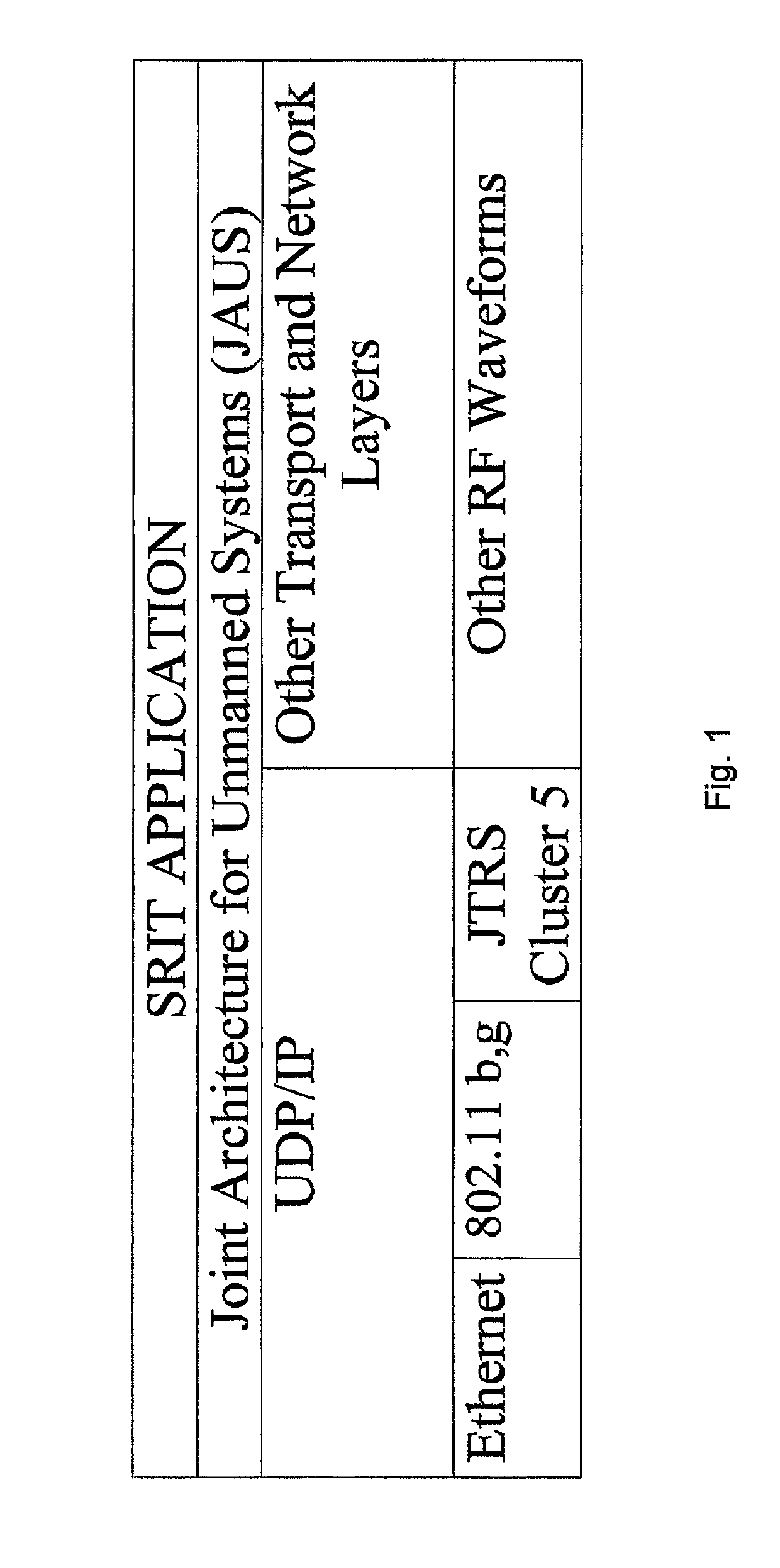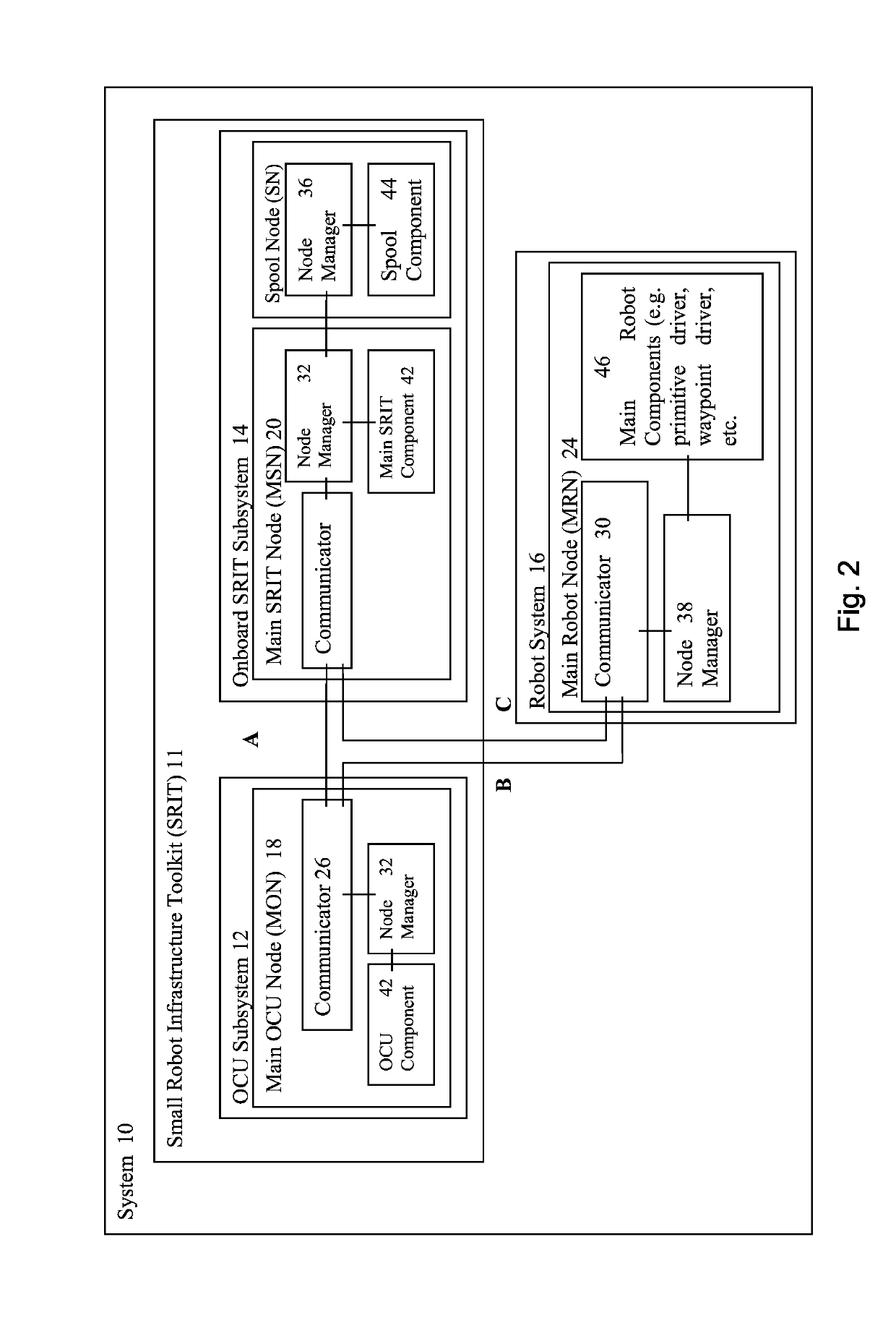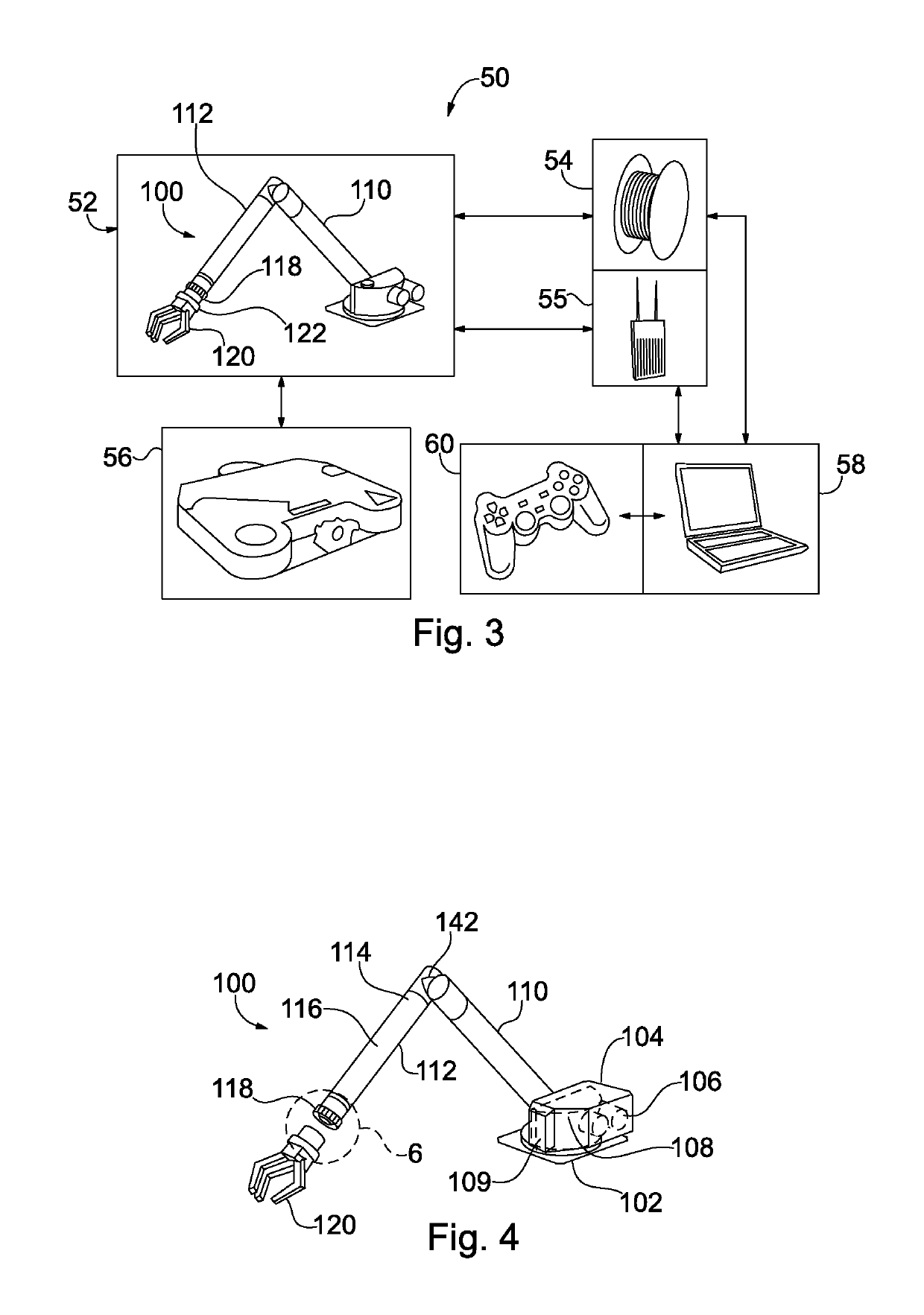Defense related robotic systems
a robotic system and defense technology, applied in the field of robotic systems, can solve the problems of inability to meet the needs of a wide range of tasks, interfere with time constraints, and waste of resources, and achieve the effect of reducing the moment of inertia
- Summary
- Abstract
- Description
- Claims
- Application Information
AI Technical Summary
Benefits of technology
Problems solved by technology
Method used
Image
Examples
Embodiment Construction
[0035]The object of the present invention is to provide a quick-release assembly for quickly separating tools and effectors mechanically from their manipulator arms, thus allowing easy integration of future tools and effectors as the complexity of the system is contained in the manipulator arms. It is still a further object to make the tools essentially simple line replaceable units that can be easily replaced when they fail.
[0036]The quick-release assembly provides a connection easily connected and disconnected having full pass through power, electrical, and signal capabilities. The present invention utilizes a modular software approach, shown in FIG. 1. Using the stack analogy, at the bottom of the software stack, communication is accomplished by UDP / IP and others such as by Ethernet 802.11b,g, and the Joint Tactical Radio System (JTRS) cluster 5 or other RF wave forms. The Joint Architecture for Unmanned Systems (JAUS) layer relies on these transport and network layers for commun...
PUM
 Login to View More
Login to View More Abstract
Description
Claims
Application Information
 Login to View More
Login to View More - R&D
- Intellectual Property
- Life Sciences
- Materials
- Tech Scout
- Unparalleled Data Quality
- Higher Quality Content
- 60% Fewer Hallucinations
Browse by: Latest US Patents, China's latest patents, Technical Efficacy Thesaurus, Application Domain, Technology Topic, Popular Technical Reports.
© 2025 PatSnap. All rights reserved.Legal|Privacy policy|Modern Slavery Act Transparency Statement|Sitemap|About US| Contact US: help@patsnap.com



